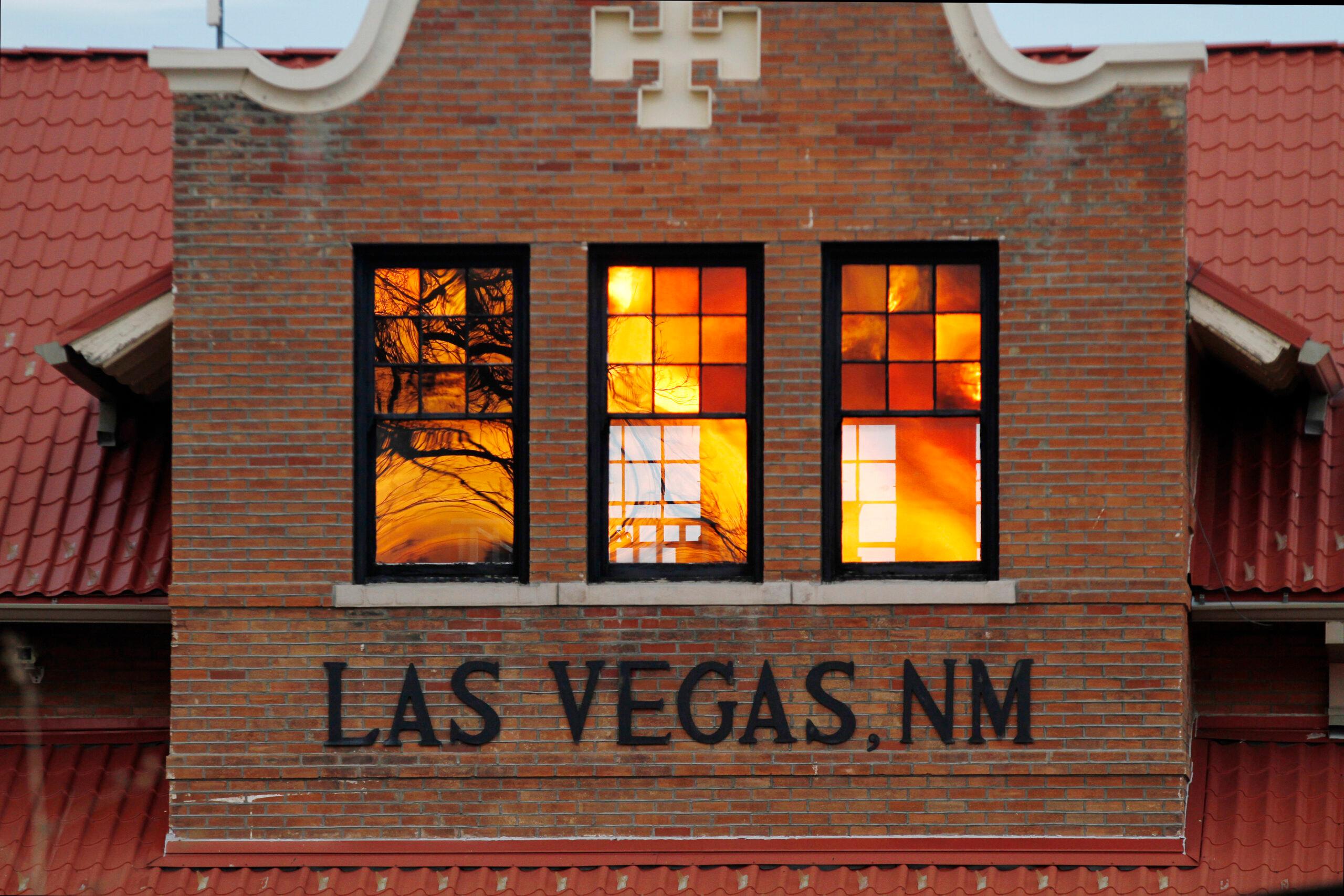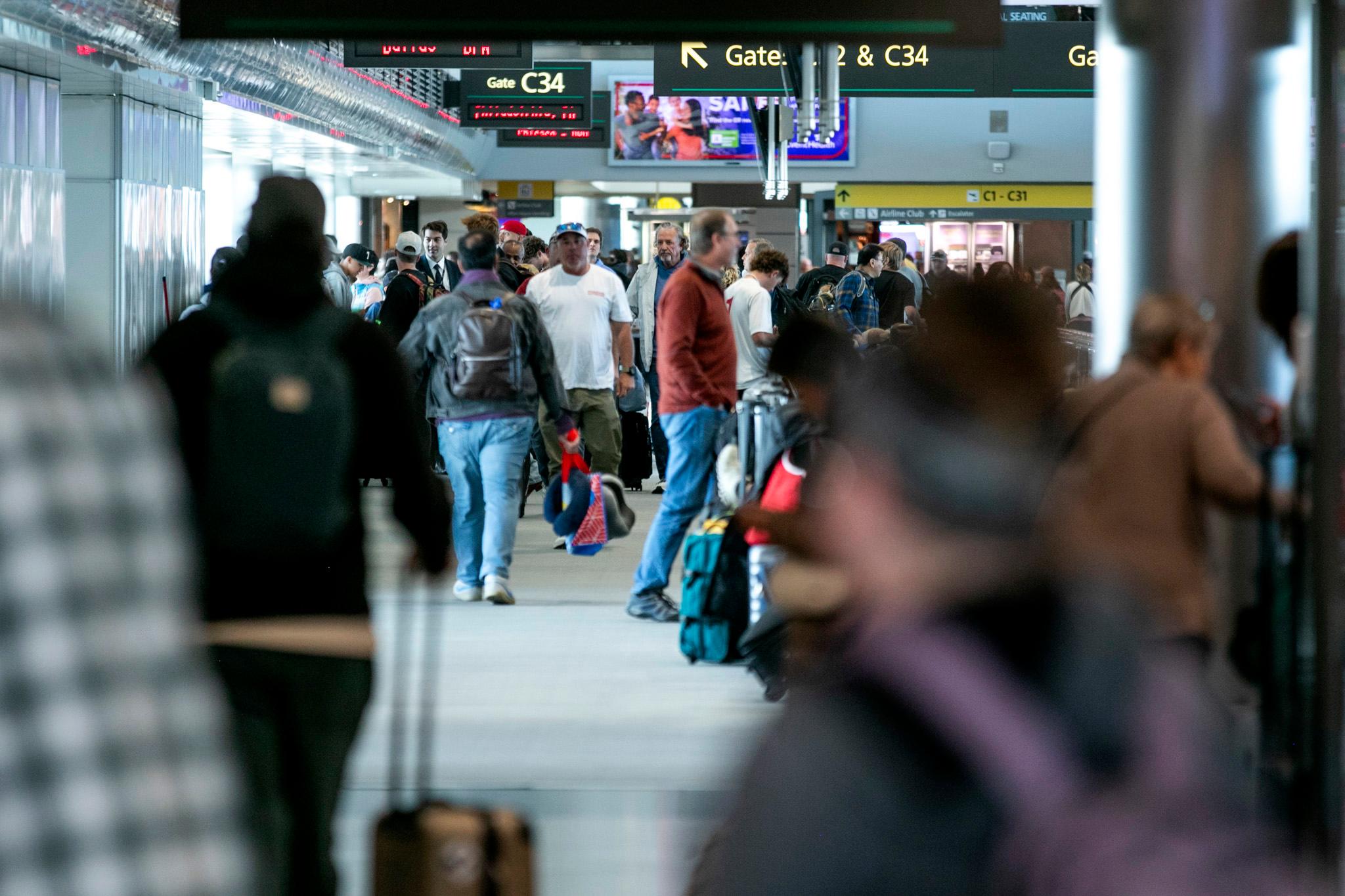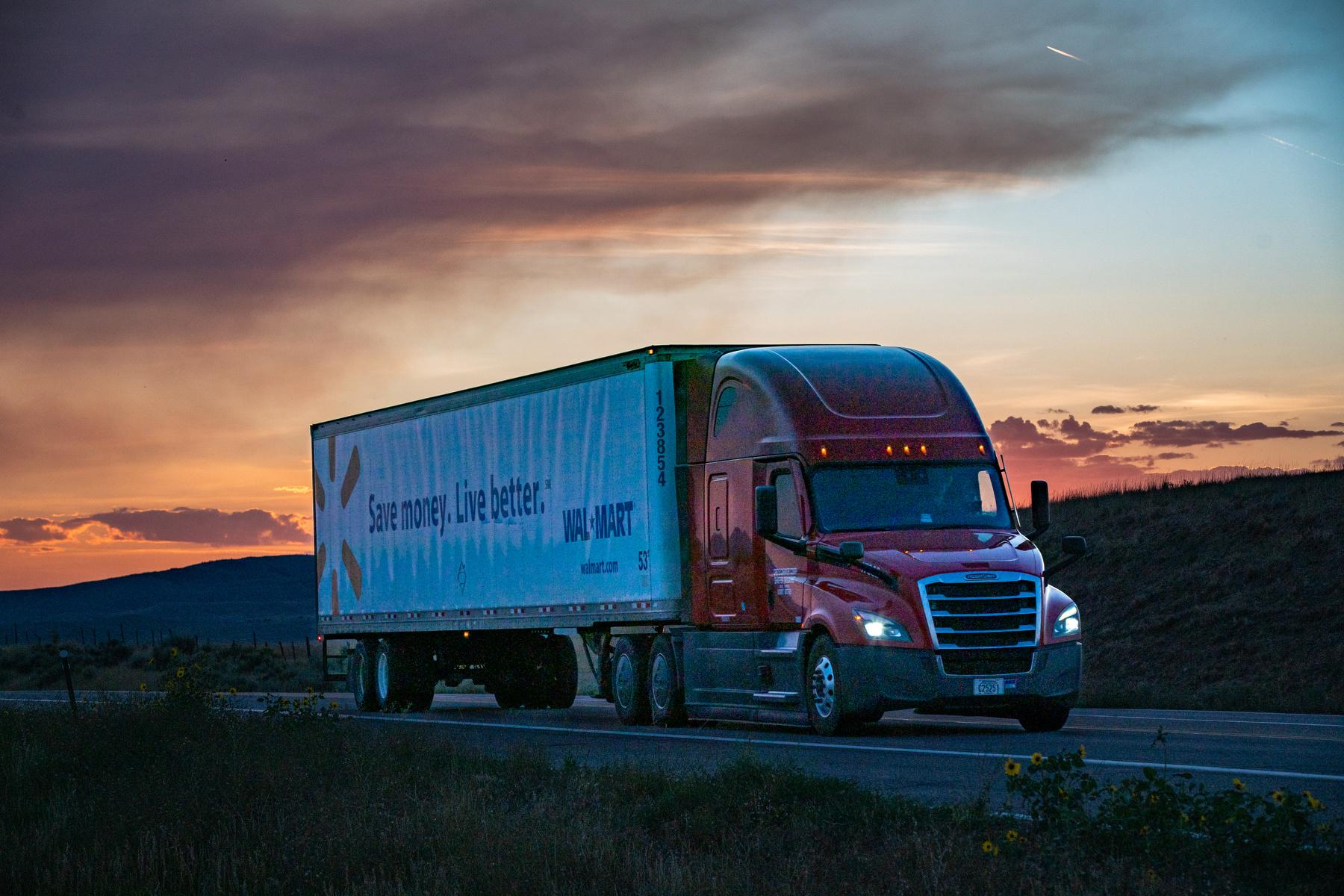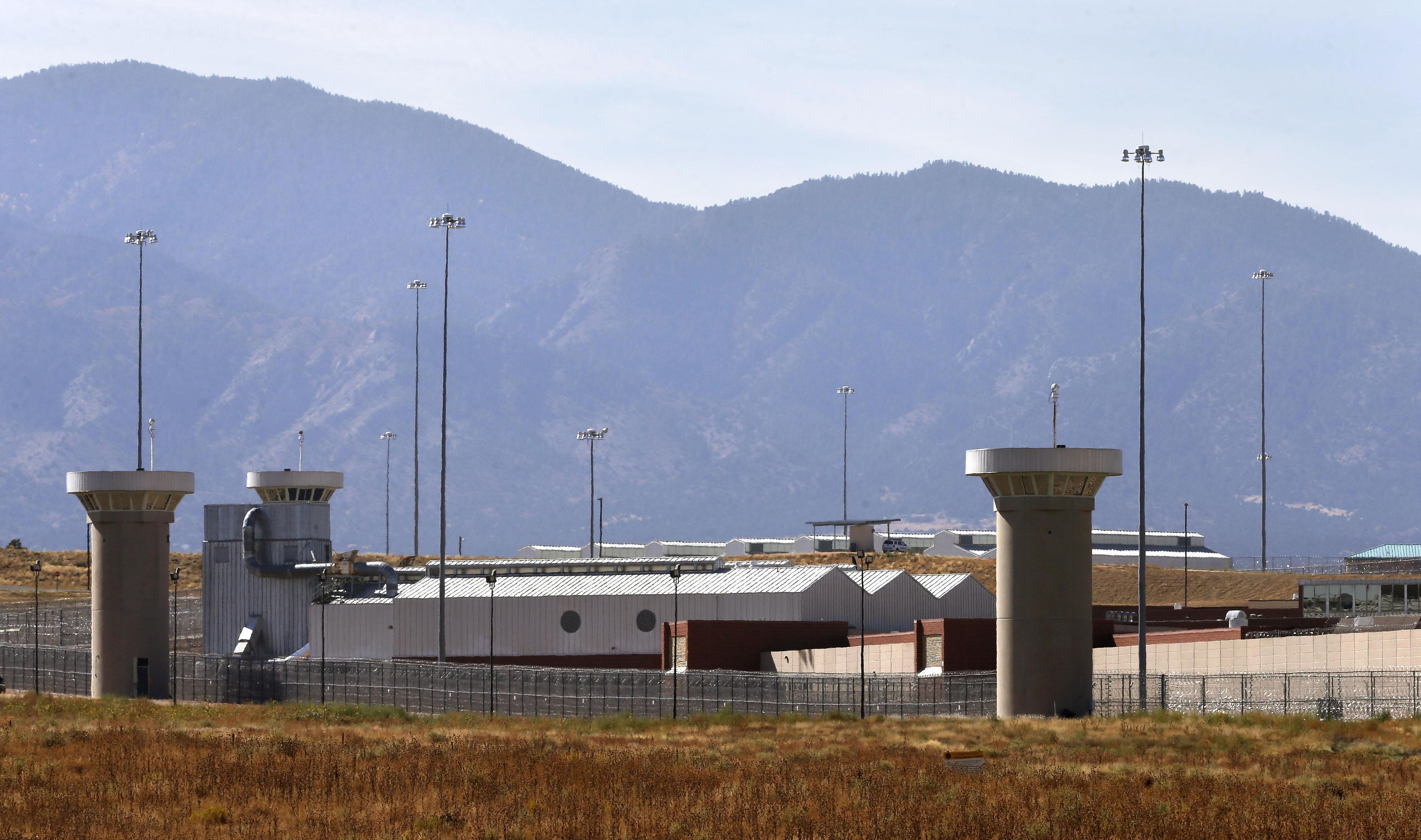
Just south of the Colorado-New Mexico border, the biggest wildfire in the United States has burned over 270,000 acres and is far from being extinguished.
At just 30 percent contained as of Friday morning, the Hermits Peak fire and Calf Canyon fire are subsuming lands that were inhabited long before either Colorado or New Mexico was a U.S. state, and so the border is a somewhat arbitrary line for families with roots in the area.
Coloradans with ancestral homes in northern New Mexico watch the fire burn with sadness, given the rich connections they have to those places.
Eric Romero teaches Native American Hispano Studies at New Mexico Highlands University in Las Vegas, New Mexico, which is just east of the Hermits Peak fire and Calf Canyon fire.
Romero spoke with Andrea Dukakis, a host and producer with Colorado Matters, about the long history and cultural ties that many Colorado families have with the area currently being scorched by wildfires.
This transcript has been edited for length and clarity.
Andrea Dukakis: The fire near you is the largest in the country right now, and it has been burning for weeks. How are the skies today?
Eric Romero: They're overcast, because of the fumes. I think that's a big issue for many of us: even though we may be out of danger from the fire directly, the toxicity of this smoke is really having an impact on individuals. A lot of that smoke is heading up to Colorado, as well.
Dukakis: You’re originally from Walsenburg, Colorado, so you have lived on both sides of the border. As a cultural anthropologist, you have thought a lot about the connections between these places. Can you describe them?
Romero: If I could start off with a land acknowledgement of recognizing these ancestral lands that you speak about; these lands have been populated by Indigenous populations for thousands and thousands of years. They have been witness to a variety of different colonizing practices and influxes of peoples from the outside. Part of my work is looking at: where are those stories? Where are those vestiges? How do those histories become evident? I think that's very true of looking at Colorado populations that have an anchoring in Northern New Mexico.
I often introduce myself as from Northern New Mexico, which is Southern Colorado, because of that shared heritage. In particular, part of the history of Colorado was an outmigration of families from New Mexico that headed north looking for different areas of enterprise and such.
We're speaking about the Mora Valley, Las Vegas and some of the very small communities that have been impacted. But at different times in the larger history, there has been outmigration from these individuals going to work in Pueblo or in Denver, or stopping in Colorado on their way to work the sheep herds in Wyoming.
Dukakis: There's this term, Manito, that describes New Mexicans of Hispanic descent. Can you help us define the Manito Trail?
Romero: Manito, in a very general sense, are [people from] rural Northern New Mexico and Southern Colorado that have a shared cultural experience. Many of them left for a variety of reasons, [partly because of] the land loss that occurred with the United States occupation of the area [when the U.S. acquired this territory in 1848]. Many of these communities here in New Mexico were land grant in acequia communities. So, by means of the Spanish government and the Mexican government, there were established communities that were land-based and had communal systems of exchange and sustainability practices with agriculture and food sharing.
Many of the families that moved to Colorado lost their land holdings and had to find enterprise within a market economy. So, they went and worked in the steel mill in Pueblo, found their way into other different land holdings in Colorado, and went to the stockyards in Denver. The Manito Trail extends north into Wyoming and Montana. It dissipates out into other states. It's the outmigration of rural Manito, Nuevo Mexicano, Hispanic, Indo-Hispano community members that were not finding [places to live and work], so they had to leave to look for income somewhere else.
With the Manito Trail: a colleague of mine, Levi Romero, came up with that concept because he had done some work in Laramie identifying families up there that are directly articulated from New Mexico families.
Dukakis: There’s a second fire burning, the Cerro Pelado fire, on the other side of Santa Fe, north of Albuquerque. Thinking about both of these fires right now, can you describe the significance of the villages and pueblos that are at risk, as well as the ones that have already been devastated by these fires?
Romero: Some of these communities have been in place for hundreds of years, and have developed land-based subsistence patterns that benefit from the natural resources surrounding them. There is a direct benefit from the resources that come from the mountain landscapes, and not only the mountains, but from different levels of what the landscape can offer. So, again, this isn't just houses burning or properties being impacted. These are land-based economies, and meaningful ideas and relationships with the landscape that are being impacted.
Dukakis: Unfortunately, stories about homes or whole neighborhoods being devastated by fire have been common in the West. I think of the recent Marshall fire in Boulder and the fire in Paradise, California. What's different about the areas that are experiencing these fires in New Mexico? Is it different when we're talking about a community that's hundreds of years old?
Romero: In the local Spanish, we have a term that we call querencia, and roughly translated, it's a place identity, and it works in so many different manners. It's not just a material relationship, as far as utilizing the natural resources. It's a deep-rooted, spiritual, wisdom-based articulation with landscapes, which refer to a bunch of different storytelling activities. We have our households, we have our communities, but what makes them meaningful is when we attach stories to them. With many of these communities, it's not a family story; It's a heritage of stories that go on, that demonstrate wisdom and knowledge and spiritual articulation with the landscape.
Dukakis: What principles of these places would you want to see brought to the recovery efforts in Northern New Mexico, once the recovery efforts can begin?
Romero: There's already some discussions of what it means with the federal designation of FEMA funds to come in, and the recognition of the devastation, how it's impacting not only households and families, but the local economy. I think what's going to be key is that as the money comes in, they recognize the historical and cultural nature of what these communities are about. There's a lot of collaboration. There's a lot of sharing. There's a commonality in place, a mutual aid orientation. I'm participating in a couple of discussion groups at this point, where we want to emphasize that whatever kind of resources coming back recognize the cultural nature of what these communities are about.
It's not just a quick influx of money: rebuild a house and reestablish some industries, but rather it should be anchored in deep cultural understandings and the relationship established between these communities.
Dukakis: For people who feel these connections that you have been talking about, I wonder if you can help them process these feelings. When people have deep roots in a place, what effect does it have on them to see that place go through this kind of trauma?
Romero: I would say Colorado families may already have some sensibilities of that. Those that know they were originally from these mountain areas in Northern New Mexico and Southern Colorado — there's already a sense of land loss. There's a social memory of land loss within many of those family narratives. You could find vestiges or indicators saying that we lost this land: this was Mexico, this was Spain. These were Indigenous communities, and by means of different levels of appropriation, a land loss had taken place.
That's part of the larger Southwestern history of the land grants. When the United States government came into place and Mexico lost a third of its territory, there were over 400 land grants that had been established by the Spanish and Mexican governments. Within a 30-year period, 80 percent of those lands were lost in legal battles, in corruption. The land exploitation that had taken place was severe, and that's within the social memory of many families.









